Honghwa Jokbal Bindaetteok (홍화족발빈대떡)
6.8Km 2021-03-26
65, Jong-ro, Jongno-gu, Seoul
+82-2-723-0614
A great place for group dinners and gatherings. This restaurant's signature menu is braised pigs' feet. This Korean dishes restaurant is located in Jongno-gu, Seoul.
Park's BBQ (박사네갈비)
6.8Km 2021-03-19
14-5, Insadong-gil , Jongno-gu, Seoul
+82-2-730-7305
A barbecue specialty restaurant located in Insa-dong, Seoul. The most famous menu is grilled Korean beef sirloin. A restaurant where you can enjoy the highest-quality Korean beef.
KATSUYA (가쯔야)
6.8Km 2021-03-18
46, Dadong-gil, Jung-gu, Seoul
+82-2-772-9023
This Japanese cuisine is located near Euljiro 1(il)ga Station, Seoul. The representative menu is pork cutlet. A restaurant serving Japanese-style pork cutlet.
Kongnamul Jangsu (콩나물장수)
6.8Km 2021-03-18
94, Dongsung-gil, Jongno-gu, Seoul
+82-2-763-7999
This is a Korean cuisine located in Daehak-ro, Seoul. The best menu at this restaurant is stir-fried bean sprouts and pork. Kongbul (bulgogi with bean sprouts) is a spicy dish of fried pork with bean sprouts.
Matborae Jeukseok Tteokbokki (맛보래즉석떡볶이)
6.8Km 2021-03-19
9, Insadong, 3-gil, Jongno-gu, Seoul
+82-2-720-4831
A spicy rice cakes specialty restaurant located in Insa-dong, Seoul. The most famous menu is stir-fried rice cake with cheese. Jjajang tteokbokki is also delicious.
Teatro de Arte Daehangno (대학로예술극장)
6.8Km 2021-04-23
Daehak-ro 10-gil 17, Jongno-gu, Seúl.
+82-2-3668-0007
Es un teatro que consta de 2 salones de actuación: un salón grande con 504 asientos y un salón pequeño de 150 asientos. El salón grande consta de por 2 pisos con asientos en forma de abanico. La poca distancia existente entre los asientos y el escenario permite una interacción más activa con el público, que es una de las principales características del teatro contemporáneo.
Hyundai Kalguksu (현대칼국수)
6.8Km 2020-06-16
76, Sejong-daero, Jung-gu, Seoul
+82-2-752-9504
Hyundai Kalguksu is a kalguksu (handmade knife-cut noodles) restaurant that has been in the family for two generations (1982). The restaurant is extremely popular among people working at nearby businesses, thanks to the rich flavor of the broth. Anchovies, dried pollack heads, and kelp are simmered for many hours, and then, other ingredients are added: soft noodles and various vegetables including pumpkin, onion, and green onions. The restaurant is famous for the exquisite taste of its kalguksu, as well as for its large servings. Just one bowl is enough to satisfy a starving man, but if you are still hungry, don’t hesitate to ask for more rice or noodles for free. Another unforgettable specialty here is kimchi. You will also be able to enjoy geotjeori (freshly made kimchi) and kkakdugi (sliced white-radish kimchi), which is fermented for about three days.
Lacantina (라칸티나)
6.8Km 2021-03-29
19, Eulji-ro, Jung-gu, Seoul
+82-2-777-2579
The first Italian restaurant in Korea. This Western dishes restaurant is located in Jung-gu, Seoul. The representative menu is pasta.
Tumbas Yeonghwiwon y Sunginwon (서울 영휘원(순헌황귀비)과 숭인원(이진))
6.8Km 2022-07-15
Heungneung-ro 90, Dongdaemun-gu, Seúl.
Dentro de Yeonghwiwon se encuentra la tumba de la dama Sunheongwibi Eom, concubina del emperador Gojong y madre del príncipe Yeongchinwang. Actualmente la tablilla de la dama Eom se encuentra en el santuario Chilgung de Gungjeong-dong, en Jongno-gu. Yeonghwiwon antiguamente era el lugar de la tumba de la emperatriz Myeongseong Hwanghu, pero esta fue trasladada hacia Hongyuneung para guardar sepultura junto con el emperador Gojong en 1919.
Festival Internacional de Danza de Seúl (서울세계무용축제)
6.8Km 2024-08-30
Daehak-ro 10-gil 17, Jongno-gu, Seúl.
02-3216-1185
El Festival Internacional de Danza de Seúl fue creado por la Sede Seúl del Consejo Internacional de Danza de la Unesco en 1998 como un canal adecuado para presentar la danza coreana a los escenarios mundial y, a la vez, las tendencias mundiales a la escena coreana. La danza coreana había experimentado una grave carencia de intercambio internacional, pero esto ha sido subsanado en cierta medida con la formación de la Sede Seúl en 1996. El Festival en sí mismo cuenta con varias actividades para promover la danza coreana. Existe una estrecha cooperación con agencias oficiales como el Ministerio de Cultura, Deporte y Turismo, el Ayuntamiento de Seúl, la Korea Foundation y la Fundación de Seúl para las Artes y la Cultura, a lo que se suman diversas embajadas y organizaciones gubernamentales internacionales.
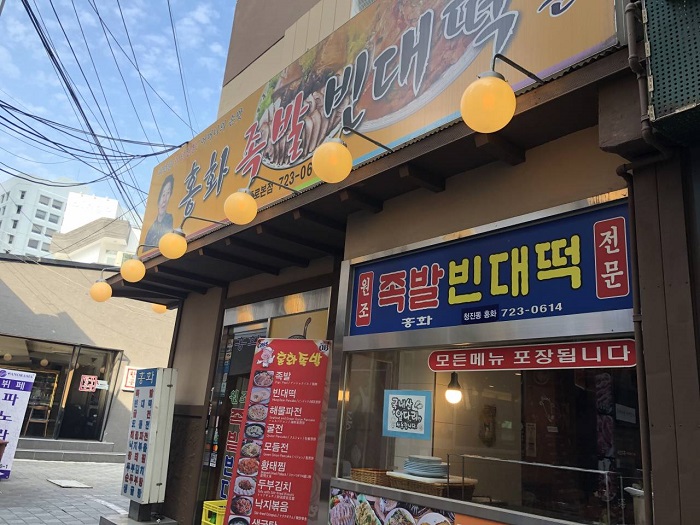
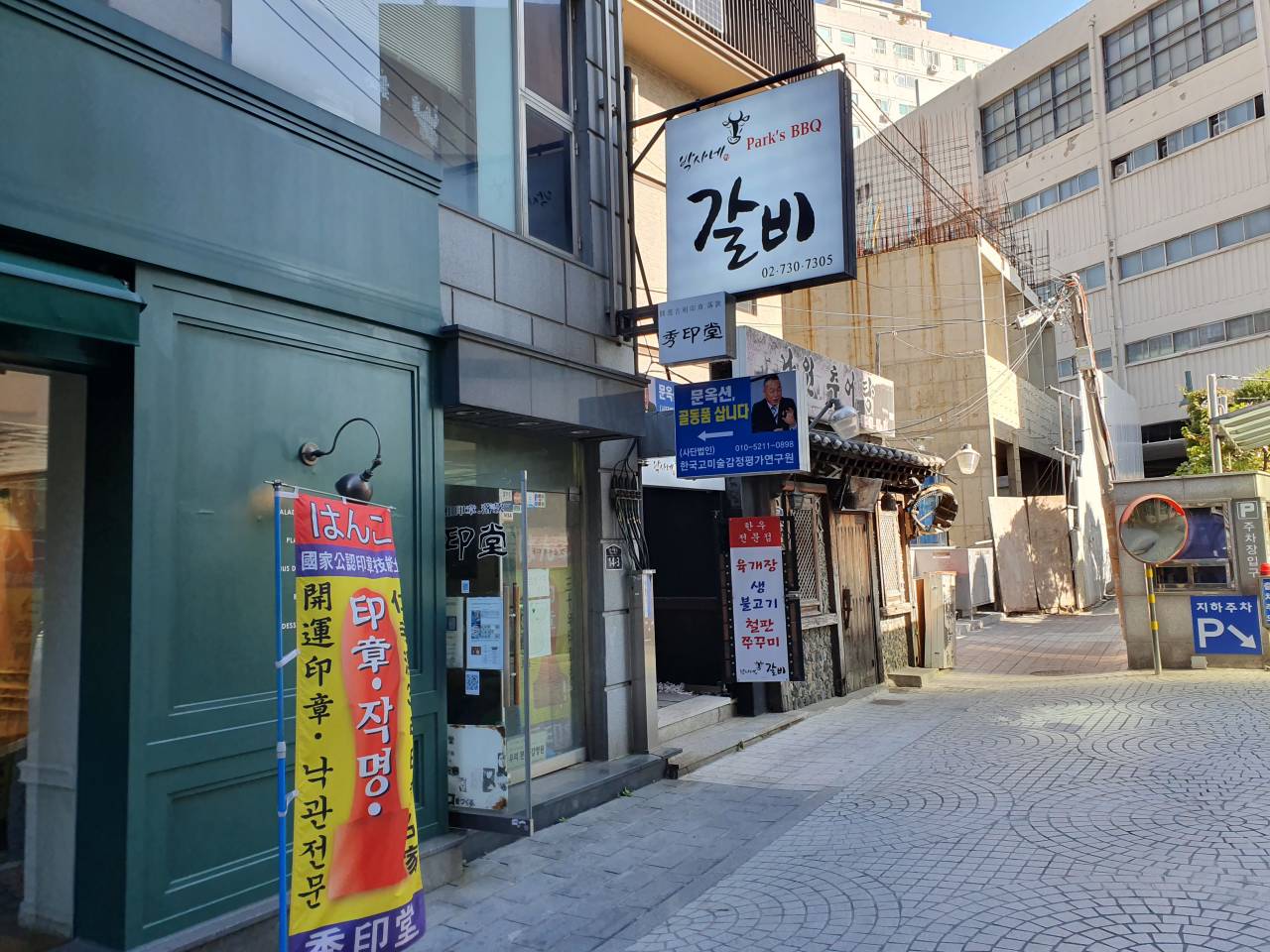
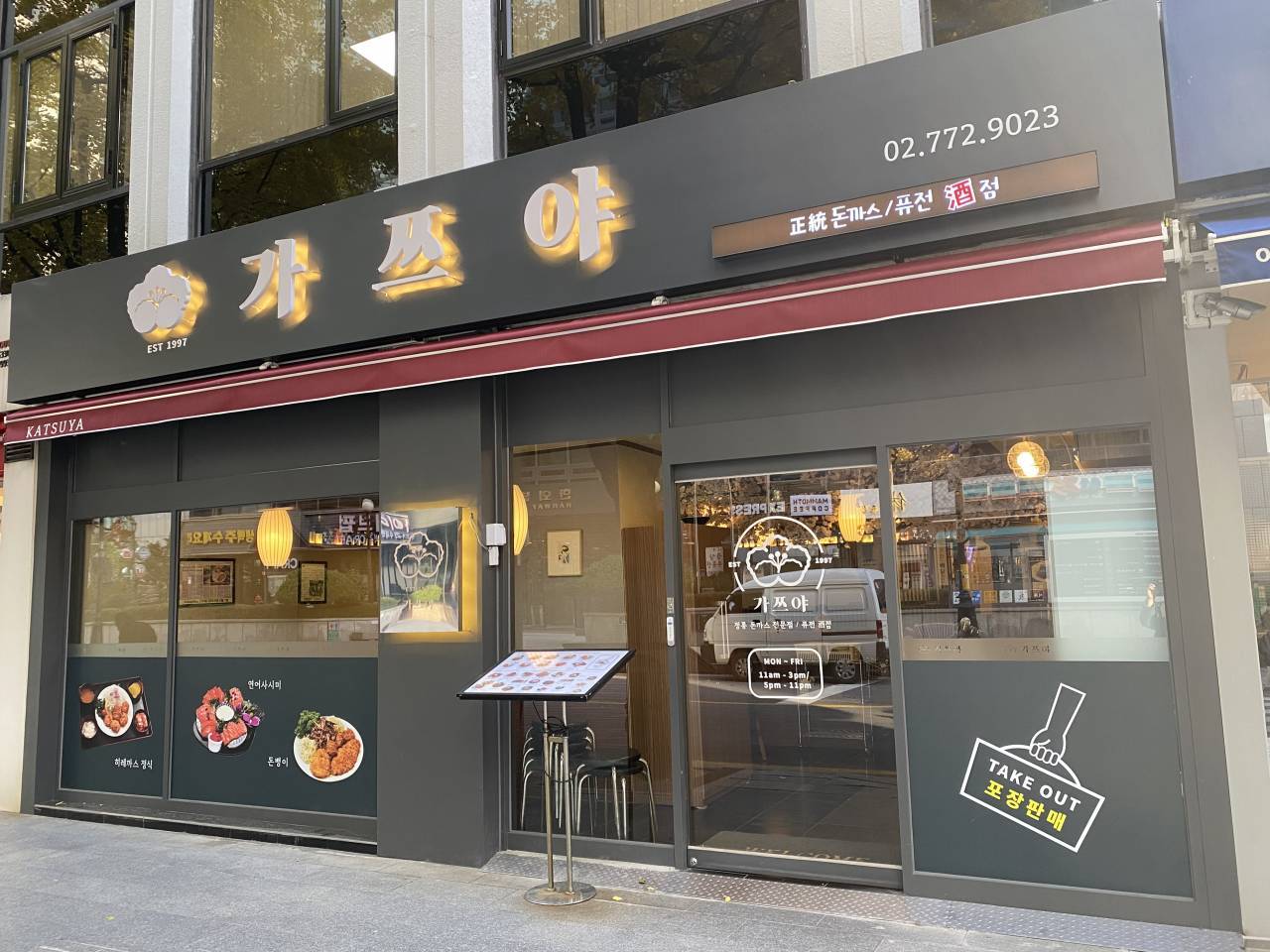
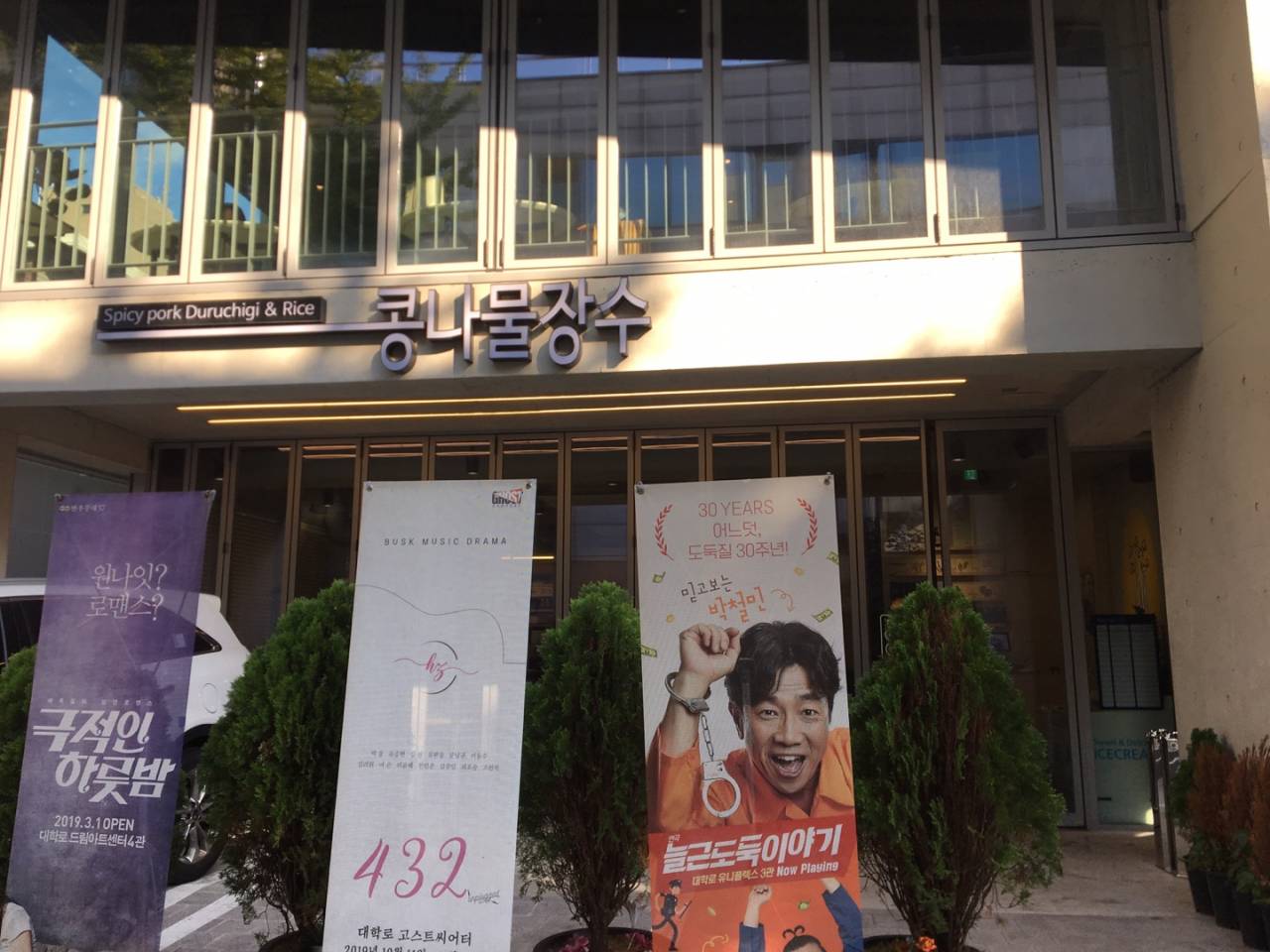
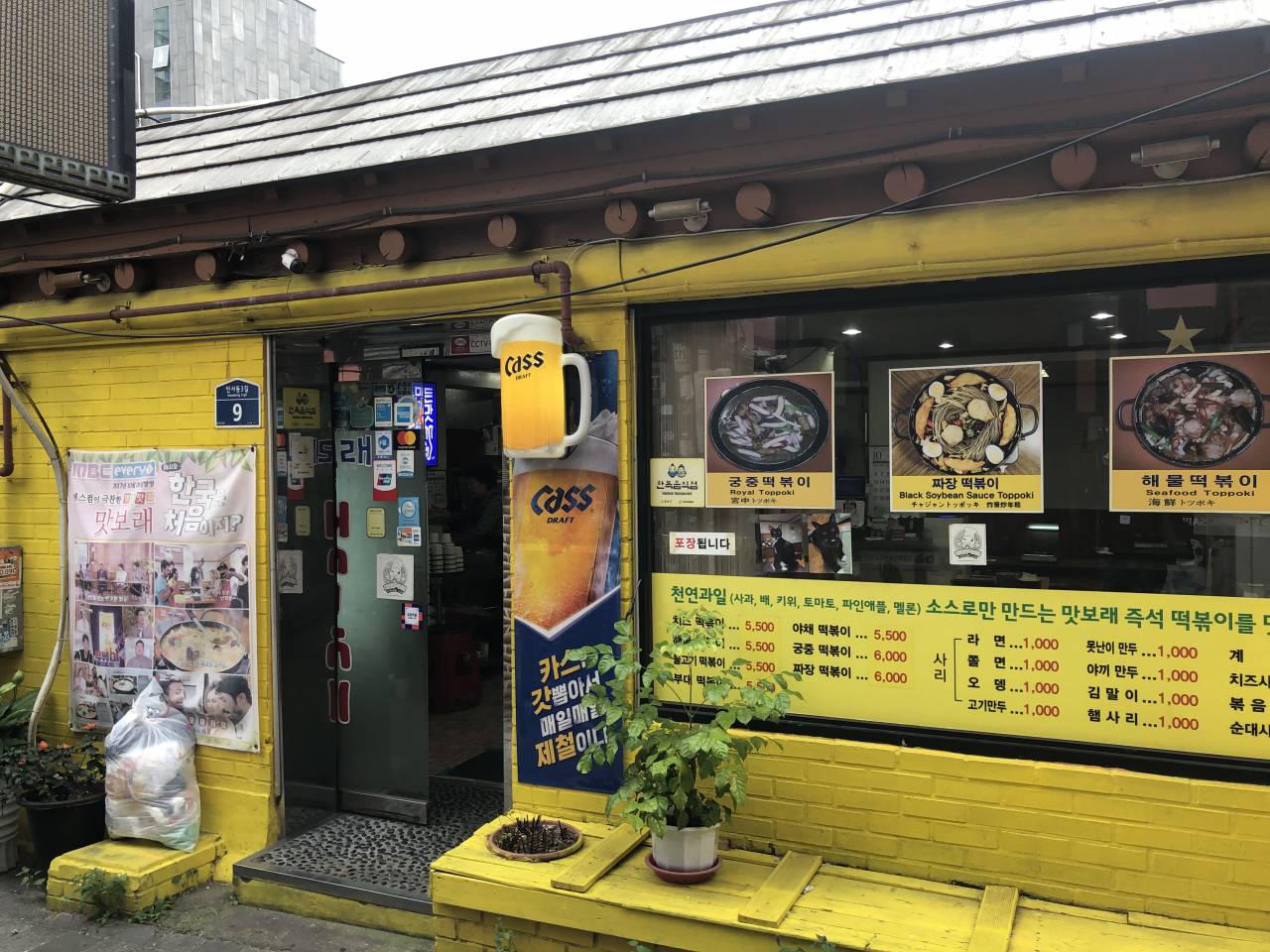

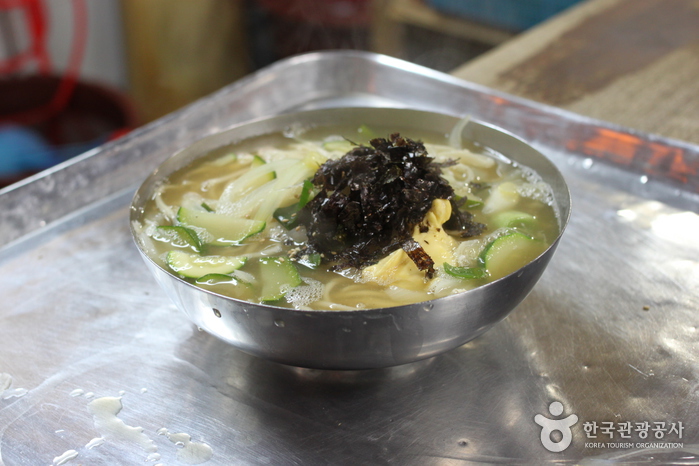
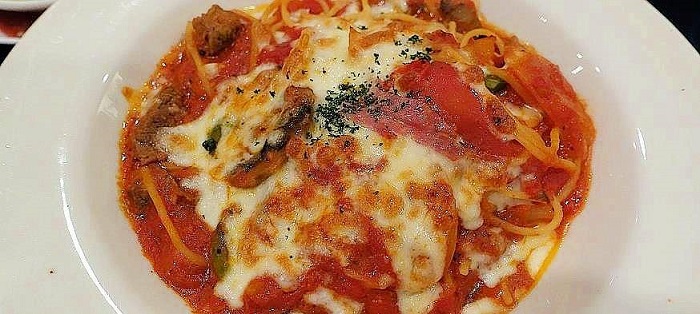
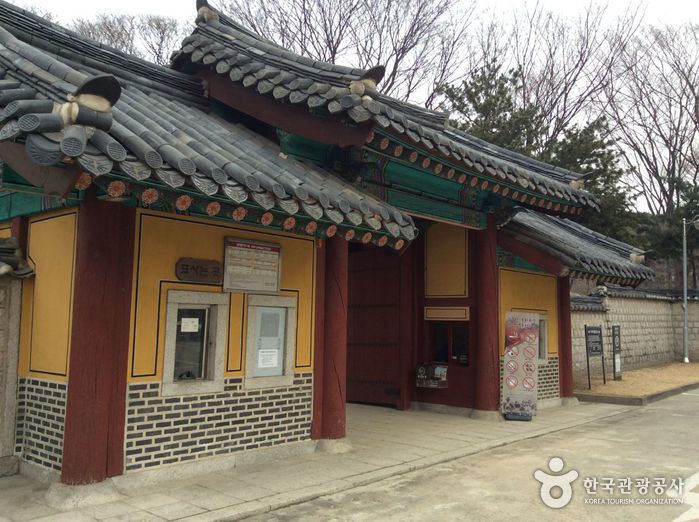
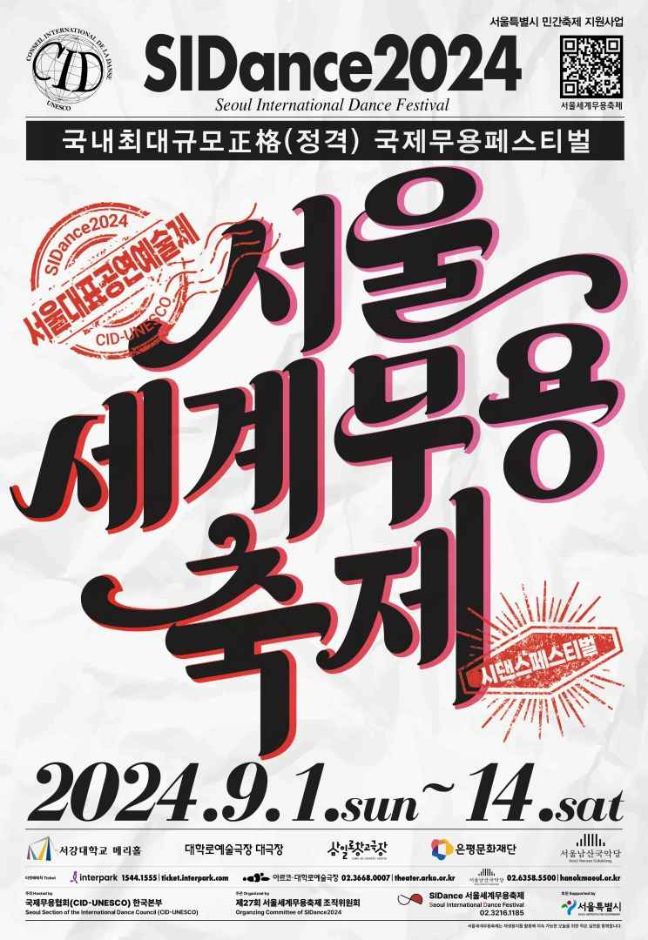
 Español
Español
 한국어
한국어 English
English 日本語
日本語 中文(简体)
中文(简体) Deutsch
Deutsch Français
Français Русский
Русский